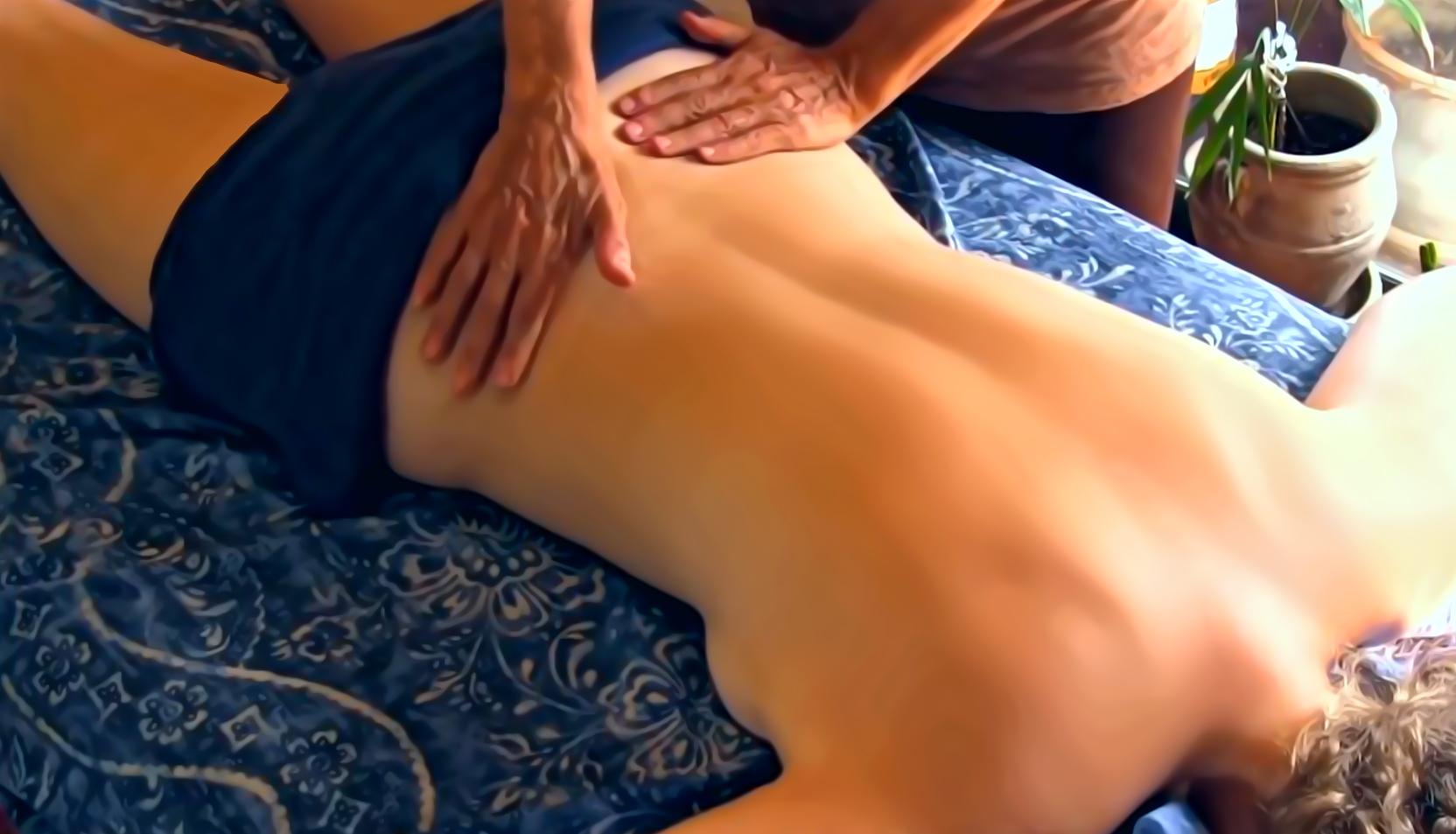Spinal stenosis is a spinal condition this is caused when the space surrounding the spinal cord or the spinal nerve narrows. Spinal stenosis is a condition that is either inherited or acquired later on life. People who inherit spinal stenosis are born with a small than usual spinal cord. When spinal stenosis is acquired later in life it begins slowly and develops over the years. The space between the nerve roots, spinal cord, and vertebrae is reduced as time passes. In most cases, the narrowing of the spinal canal is a result of abnormal bone or tissue growth (sometimes both).
Spinal stenosis can cause a wide variety of symptoms depending on which part of the spine is affected. Spinal stenosis can occur on the upper and lower parts of the spine. The two types of spinal stenosis are lumbar spinal stenosis and cervical spinal stenosis. The lumbar region is the lower part of the spine and is the most common area where spinal stenosis occurs. Cervical spinal stenosis occurs in the neck area of the spine. Different symptoms will occur depending on which part of your spine is affected by spinal stenosis.
The symptoms of lumbar spinal stenosis include lower back pain, weakness, numbness, pain, and loss of sensation. The symptoms of lumbar spinal stenosis will be felt in the lower back and legs. Lumbar spinal stenosis will cause leg pain and the patient usually has to sit down for a few minutes to abate the leg and lower back pain. The pain associated with lumbar spinal stenosis is caused by changes in the shape and size of the spinal canal due to aging. Narrowing of the spinal canal can be caused by ligaments getting thicker, ostoarthritis that leads to the growth of bone spurs that push on the spinal cord, and discs between the bones being pushed backward into the spinal canal. In severe cases of lumbar spinal stenosis people may experience loss of bladder and bowel control.
The other type of spinal stenosis is cervical spinal stenosis. The symptoms are practically identical to lumbar spinal stenosis in that you’ll feel weakness, numbness, pain, and loss of sensation. The pain and numbness of cervical spinal stenosis will be felt in the neck and arms. The causes of lumbar and cervical spinal stenosis are the same. It’s just a matter of where on the spine these causes takes place that determines where you’ll feel the pain.
